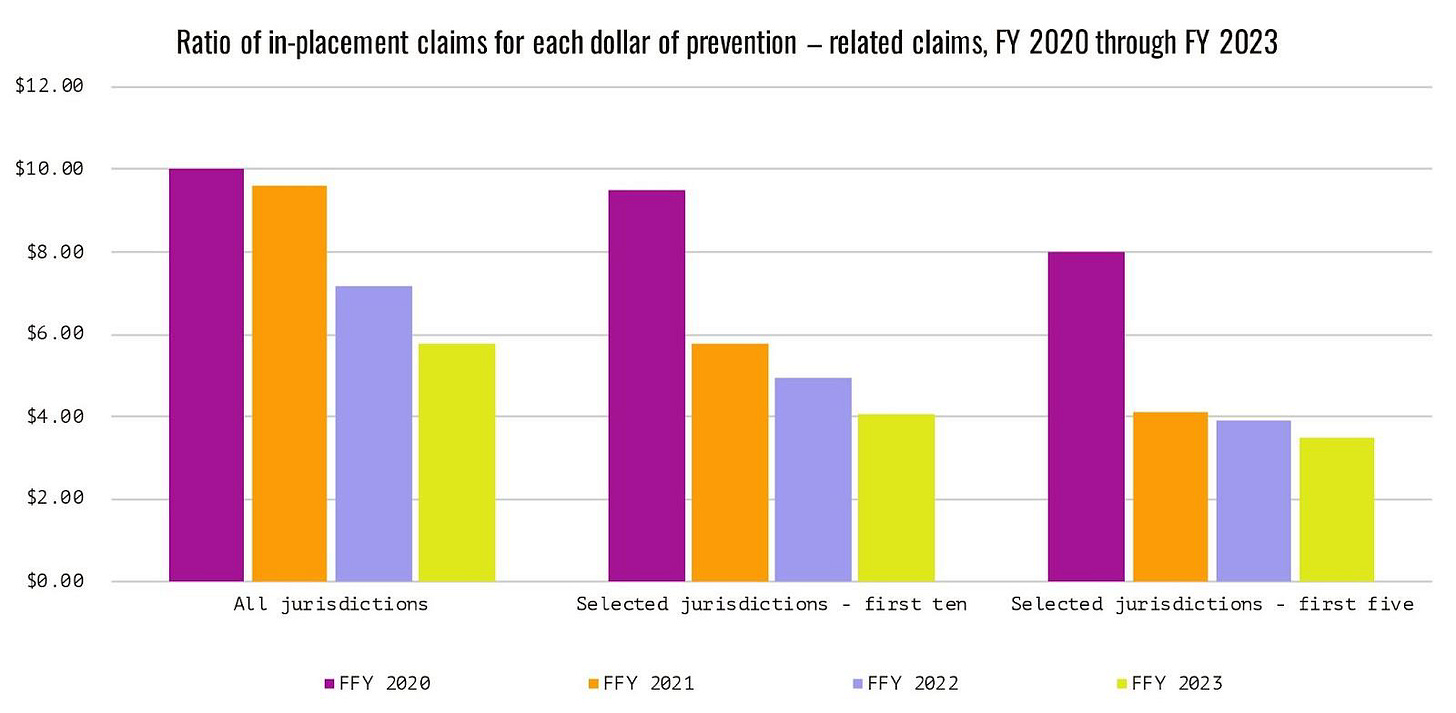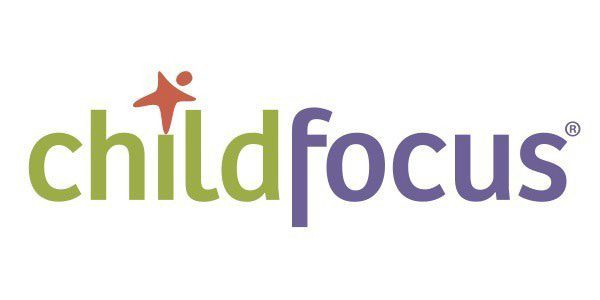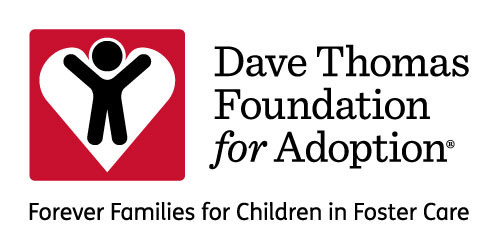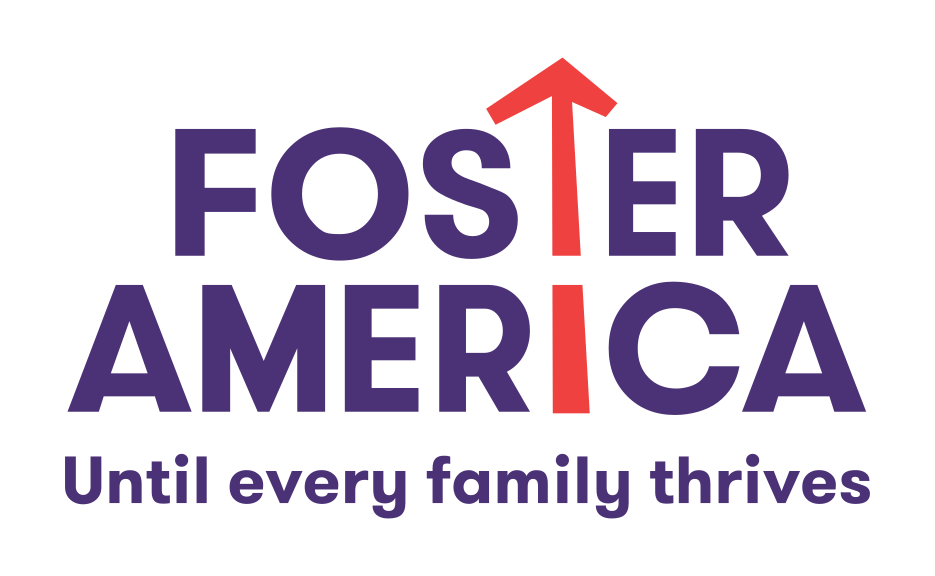Weekly Wonk: How Family First Shifts State Spending
From the Founder’s Desk
Your weekly note from the Wonk curator
Welcome, Wonks.
We’re seven years into implementation of the Family First Prevention Services Act, a major bipartisan reform of child welfare financing. So, how is it going?
Now we have comprehensive new analysis showing that the story of Family First is more complex than proponents or critics claim.
Implementation is indeed moving slowly; as often happens with major legislation.
Yet there are key signs of notable shifts in how states are allocating federal funds that suggest Family First is having an impact on systems across the country.
Our deep dive this week lifts up a new fiscal analysis I’m excited to share from Bolder Horizon, a nonprofit I founded that is distinct from and complementary to Wonk.
And amid the ongoing debates to re-open the government, did you ever wonder about an alternative to shutdowns? The Wonkatizer has you covered.
Let’s get into it.
Weekly Wonk Deep Dive
This week’s deep dive is based on a new analysis (be sure to check out the interactive map!) from Bolder Horizon, a new nonprofit from Wonk Founder Zach Laris.
Check out an overview here, followed by more on Bolder Horizon.
Is Family First Delivering on Its Promise?
What the financial data can tell us about Family First implementation, and what’s next.
The 2018 enactment of the Family First Prevention Services Act (P.L. 115-123) was an inflection point in bipartisan federal child welfare financing policy.
The key question now is how it’s going, and what it means for key policymaker decisions ahead.
Seven years since enactment, we have a surprising shortage of data-driven resources that benchmark progress with context at a key moment of implementation.
New child and family policy non-profit Bolder Horizon has released an analysis of Family First that follows the flow of federal funds, including building a state-by-state interactive data map.
The core takeaway?
Although implementation has been slow and Family First funds still register as a rounding error, a meaningful shift is afoot; states are investing more in supports intended to keep families safely together, and relatively less in foster care.
Family First At-A-Glance
Family First addresses extensive areas of policy (for a primer on the law see the Wonk’s Deep Dive on it from earlier this year).
At its core is focusing financing where there’s alignment of what works for outcomes and cost efficiency:
Family Preservation. Keeping more children safely with their families through services;
Kinship. Promoting placement with relatives when children do need to enter foster care;
Family Foster Care. Promoting non-relative family foster care when kinship care is unavailable; and
Institutions as Treatment, Not Placement. Using institutional settings for high quality, time-limited, treatment.
The law brought this approach to an overhaul of child welfare financing, changing what the biggest federal source of child welfare funding, Title IV-E of the Social Security Act, will pay for.
Title IV-E is a permanent open-ended federal funding stream with a state match.
Wonks know that Title IV-E has typically been constrained by income eligibility limits that don’t adjust with inflation, driving the shift to state, tribal, and local governments covering most of child welfare financing.
Family First aimed at this tension with major new changes; we’re going to dig in here on the prevention part.
Prevention: Signals of Spending Shifts
Family First gave states the option to use Title IV-E dollars for time-limited evidence-based services to safely prevent foster care in three categories:
Mental health services;
Substance abuse prevention and treatment services; and
In-home parent skill-based programs.
Significantly, unlike most of the rest of Title IV-E, these funds are not limited by family income; eligibility is based on whether a child is at “imminent risk” of entering foster care.
States were able to start implementing this option starting in FY2020, but only if they began also implementing the law’s reforms to federal funding of non-family placements.
States could otherwise delay that.
Prevention at a Glance
Nearly all states have approved Title IV-E prevention plans
36 states and tribes were claiming IV-E funds for this purpose as of this year
Federal IV-E prevention funds in most recent year with data (FY23): $173 million
Federal IV-E foster care funds the same year for comparison: $5.1 billion
Key Signal
Looking just at raw dollars makes prevention appear like a rounding error.
But a sharper read illuminates a shift we otherwise might miss: a meaningful trend of spending moving from foster care placements towards services intended to keep families in crisis safely together.
Our analysis looked at Title IV-E prevention, plus other ways Title IV-E funds the type of things Family First does.
In particular we looked at IV-E pre-placement administrative claiming, also known as “traditional candidacy.”
This longstanding option is a Family First precursor.
While limited to children eligible for IV-E foster care (and therefore covered by the income limit that Family First doesn’t use), it does support access to family preservation services with a 50% match when children are IV-E eligible.
This analysis showed an interesting trend; states ramped up their use of this funding stream as they prepared for Family First implementation.
It appears to be a strategy for maximizing resources early on for standing up and initiating a prevention program.
Traditional candidacy is limited by income eligibility requirements. On its own it can’t drive an entire prevention program.
But as a complement to Family First it maximizes resources available to invest in the groundwork for prevention.
Show Me The Money (In Context)
We looked at these prevention expenditures over four years of Family First implementation; not as a raw spending amount but relative to foster care.
When you add that context, a pattern jumps out.
When implementation started, states spent $10 on foster care for each $1 on prevention.
By year four, that dropped to under $6 of foster care for each $1 of prevention.
And that’s looking at all states; breaking it down to the early adopters shows an even more pronounced shift that cuts this ratio by more than half.
Take it To the Limit
These signals point to reasons to be bullish on Family First reshaping federal financing.
What complicates the picture is a key rate limit; bipartisan policymakers made a well-intended agreement to only pay for what works, but the structure of the policy has created an unanticipated bottleneck.
Family First created a Title IV-E Prevention Services Clearinghouse to vet programs against the law’s three-tiered standard for evidence.
The law doesn’t just require proof that a program works, but that it works on child welfare outcomes, and that its studies meet exacting standards.
It’s worth noting too that evidence and effect are not identical; it’s possible to have the most evidence for a notable effect while not being the most effective at generating the outcome.
Of the 210 programs the Clearinghouse has reviewed, 95 have received approval.
All three tiers are eligible for funding, but critically half of a state’s expenditures must be in the highest category.
Additionally, there are requirements for ongoing evaluation for the lower two tiers of evidence, but not the top.
Taken together, these requirements are leading to exactly the rational decision you’d expect from jurisdictions; focusing almost exclusively on using the top rated programs to avoid risk of over spending in a lower tier.
As of the most recent year with expenditure data available (FY 2023), 85 percent of prevention claims were for the highest category of services.
That’s despite the fact that they represent just over one-fifth of all eligible programs.
Digging Deeper
This analysis gives a grounding in key trends for federal funding flows that have implications for anyone working in child and family policy.
While we’ve focused this deep dive on prevention, the Bolder Horizon analysis goes into other key aspects of the law, including:
What Comes Next
Family First is reshaping how federal dollars flow — slowly, but meaningfully.
The open question isn’t whether financing is shifting, but how far it will shift within the current policy structure, and where policymakers and stakeholders aim to go next.
Digging into what this means for outcomes will be a critical piece of the deeper work for decision makers; identifying whether this change is serving the right goals for the child welfare financing system.
More on Bolder Horizon
Bolder Horizon is a nonprofit I founded to build a cross-partisan policy design community.
Bolder Horizon will incubate cross-partisan leaders, ideas, and institutions.
Where Wonk delivers sharp intel to see what matters, Bolder Horizon will build the infrastructure to shape what’s possible.
Learn more about Bolder Horizon’s focus and how to get involved here.
Wonkatizer
Signals to watch, distilled down for you
The Eliminate Shutdowns Act
The Move
Sen. Ron Johnson (R-WI) and Rep. Dusty Johnson (R-SD) recently introduced the Eliminate Shutdowns Act (S. 2806), which would trigger automatic two-week continuing resolutions at prior-year funding levels when Congress misses appropriations deadlines.
Why It Matters
Shutdowns interrupt federal services, create uncertainty for families, businesses, and federal employees, and invite brinksmanship.
Implications for Child Welfare
Shutdowns delay reimbursements to states and interrupt critical services.
Federal staff who process Medicaid and IV-E claims are furloughed, forcing states to float costs when reimbursements stall.
Appropriated programs like Head Start, CCDBG, CAPTA, Title IV-B, and Chafee vouchers freeze completely.
Takeaway for Wonks
Even mandatory funding doesn’t guarantee child welfare services survive shutdowns intact- without staff to process IV-E and Medicaid claims, the money can’t reach states.
Stay sharp, Wonks.
Z










